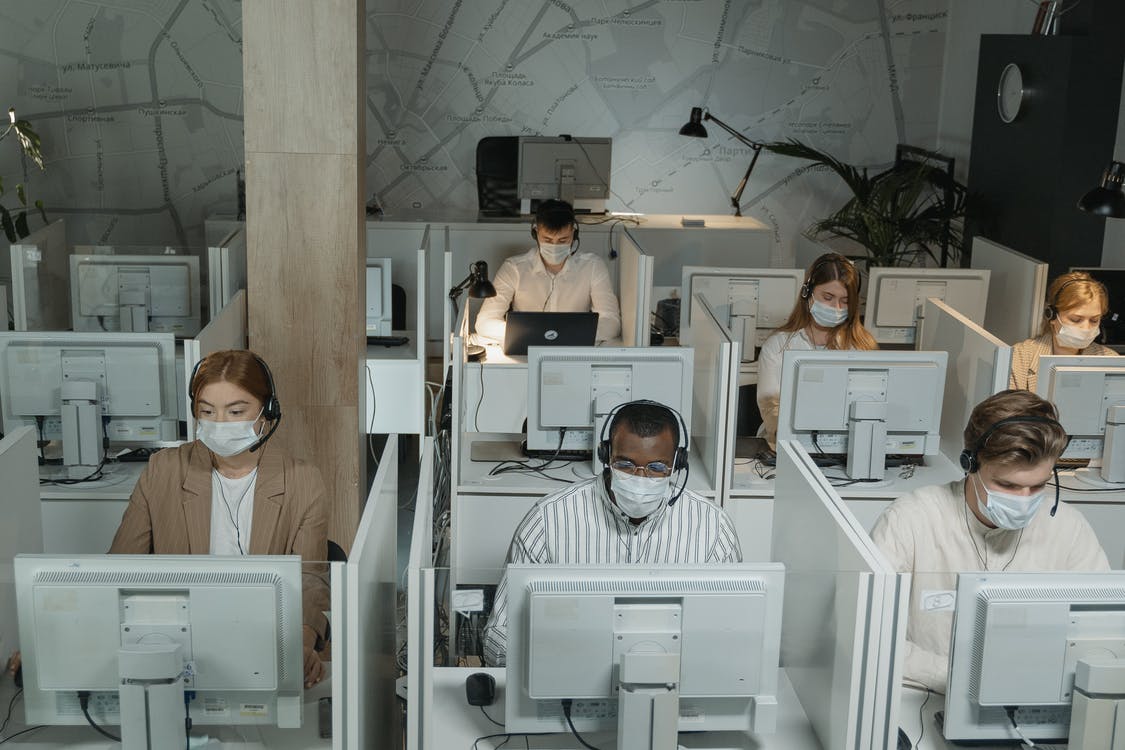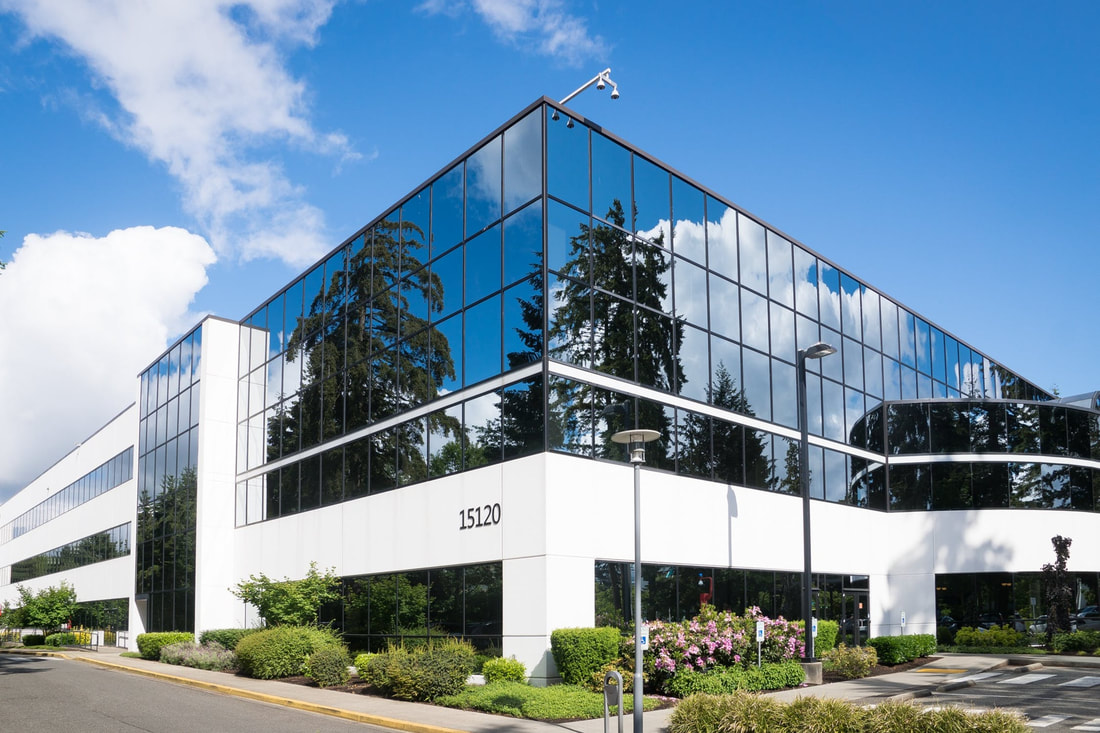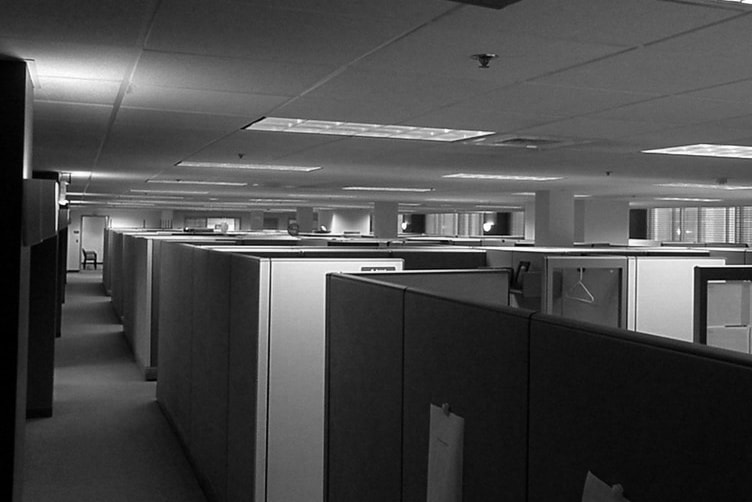|
We all know the statistic: “humans spend approximately 90% of their lives indoors” - much of it in commercial spaces. Furthermore, poor indoor air quality (IAQ) in these spaces contributes to a number of human health issues. But, what we often don’t consider is how a building's age can exasperate them. The grand majority of commercial buildings were built over 50 years ago. And, building styles are often dependent on trends and “office culture” at the time of construction 1970’s Energy Crisis In the years surrounding the 1970’s, the North American energy crisis and overall spike in office jobs trumped all other trends. North Americans struggled to fill their cars with gas, and construction was shaped primarily around energy conservation. This crisis prompted ASHRAE to recommend lowering ventilation rates in buildings significantly, in hopes of saving energy. While the standard has since been raised, that initiative altered how buildings were constructed, forgoing the health benefits of adequate ventilation for energy savings. Photo By: Seattle Municipal Archives | Source: Flickr 50 years following this crisis, the term “sick building syndrome” is more relevant than ever as we try to navigate a new crisis involving an airborne pandemic and rectify the old buildings that have outaged their environments and standards. Due to the crisis in 1970, building nearly airtight envelopes became attractive to building owners. The lower the air changes per hour, the more promising the energy savings. Unfortunately, while limiting the amount of air that circulates in a building might seem attractive, it also means occupants are breathing in less-than-ideal quality air which has negative effects on work performance and increases risk of disease transmission. We can’t change a building’s envelope overnight. However, it’s important to be aware of how a building’s structure can fundamentally affect air quality, and sometimes simple solutions such as leaving doors or windows open, installing fans, or changing HVAC filters more frequently can make significant improvements. Down with cubicles! It’s also no secret that office spaces have changed. Now more than ever people are ready to return to the office and want to collaborate and socialize with coworkers. The interior of an office space has nearly come full circle since 1964 when the infamous cubicle developed traction. Its implementation was even supported by the American government through tax incentives. The cubicle was helpful at maximizing the number of people in an office while providing privacy for staff to focus on their job. However, people quickly complained about the mundane environment it offered with its grey walls, and little access to natural light, in addition to ventilation and air flow issues associated with increases in CO2 levels associated with having more people crammed into a single space. The culture around cubicles has changed significantly since the 1960s. People seek open concept offices where they can directly communicate with peers, while having access to natural light to heighten stimulation and energy levels at work. Photo By: Dan4th Nicholas | Source: Flickr When it comes to finding a solution, there’s no one size fits all approach. It’s all about finding a happy medium and creating new solutions for old buildings. Information is key - the more you know how your building operates, the more you can create a healthy environment for occupants. Going forward, the green building movement will shift towards a holistically healthy building movement; but for now, the first step is awareness. And, ioAirFlow can help. So, contact us to learn more! Written by Chantal Vachon - Business Development Coordinator at ioAirFlow
3 Comments
4/27/2022 02:37:13 am
What an exquisite article! Your post is very helpful right now. Thank you for sharing this informative one.
Reply
12/19/2023 04:49:25 am
Enjoy the companionship of young and energetic college call girls in Delhi. Experience fabulous dating, romantic activities, and girlfriend experiences with our delightful ladies in Delhi. Call 9899869190 now!! Visit here for more information:-https://delhicallgirlservice.in/
Reply
Leave a Reply. |





 RSS Feed
RSS Feed
